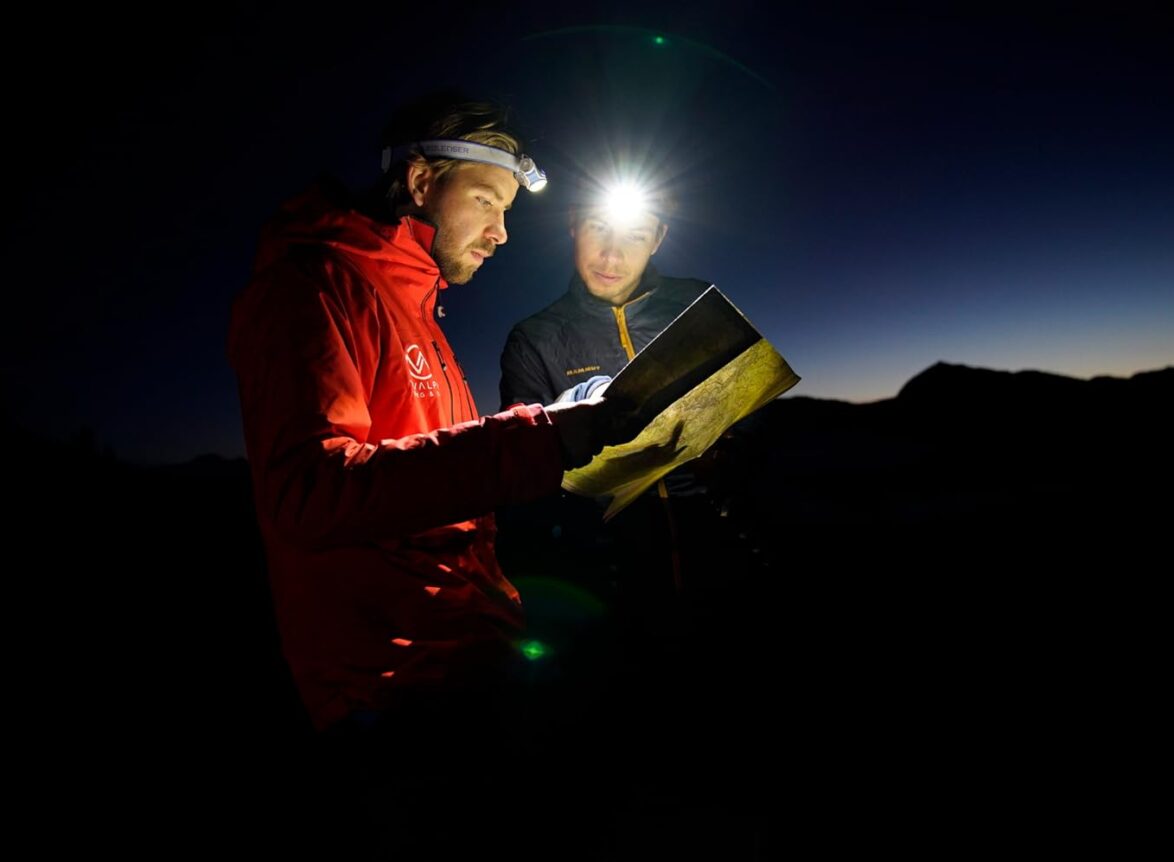Finding the perfect spot to pitch a tent is essential for a safe and enjoyable camping experience. Here are some steps to help you find an ideal location:
Check Campground Regulations: If you’re camping in a designated campground, check the rules and regulations. Some campgrounds have designated tent sites with specific rules about where you can pitch your tent.
Consider Safety First:
- Look for a spot that is not prone to flooding. Avoid setting up your tent in low-lying areas or near rivers and streams, especially if rain is expected.
- Check for any overhanging branches or dead trees that might pose a danger in case of strong winds.
- Avoid areas with obvious signs of wildlife activity or animal tracks.
Level Ground: Choose a flat and level area to pitch your tent. Sleeping on uneven ground can be uncomfortable, and it can also affect the structural integrity of your tent.
Proximity to Water: While you want to be near a water source for convenience, avoid camping too close to rivers or lakes to reduce the risk of flooding. Ideally, camp at least 200 feet away from water bodies to minimize environmental impact and follow Leave No Trace principles.
Shade and Sunlight: Depending on the weather and your preferences, consider whether you want to be in a shaded area or in direct sunlight. Morning sunlight can be pleasant, but you may want shade in the afternoon on hot days.“]
Wind Protection: Look for natural windbreaks like bushes, trees, or large rocks. These can provide some protection from strong winds.
Leave No Trace: Follow Leave No Trace principles by choosing a spot that shows no signs of previous camping. Avoid disturbing vegetation or disturbing wildlife.
Distance from Trails and Water: Make sure you are a reasonable distance from hiking trails and water sources to minimize the impact on the environment and to maintain privacy.
Check for Rocks and Roots: Before pitching your tent, clear the area of rocks, roots, and debris that could make sleeping uncomfortable.
Leave Room for Others: If you are camping in a crowded area, try to leave some space between your tent and others for privacy and to reduce noise.
Orientation: Consider the direction your tent will face. If you expect strong winds or rain, positioning your tent so the door faces away from the prevailing weather can be helpful.
Local Regulations: Be aware of any local regulations or guidelines for camping in the area you are visiting. Some places may have specific rules about where you can and cannot camp.
LNT Principles: Always practice Leave No Trace principles, which include packing out all trash, not digging trenches around your tent, and minimizing your impact on the environment.
Remember that the perfect spot can vary depending on your specific needs and the environment you’re in. Take your time to assess the surroundings and choose a location that will make your camping experience safe, comfortable, and environmentally responsible.







Leave a Comment
Your email address will not be published. Required fields are marked *